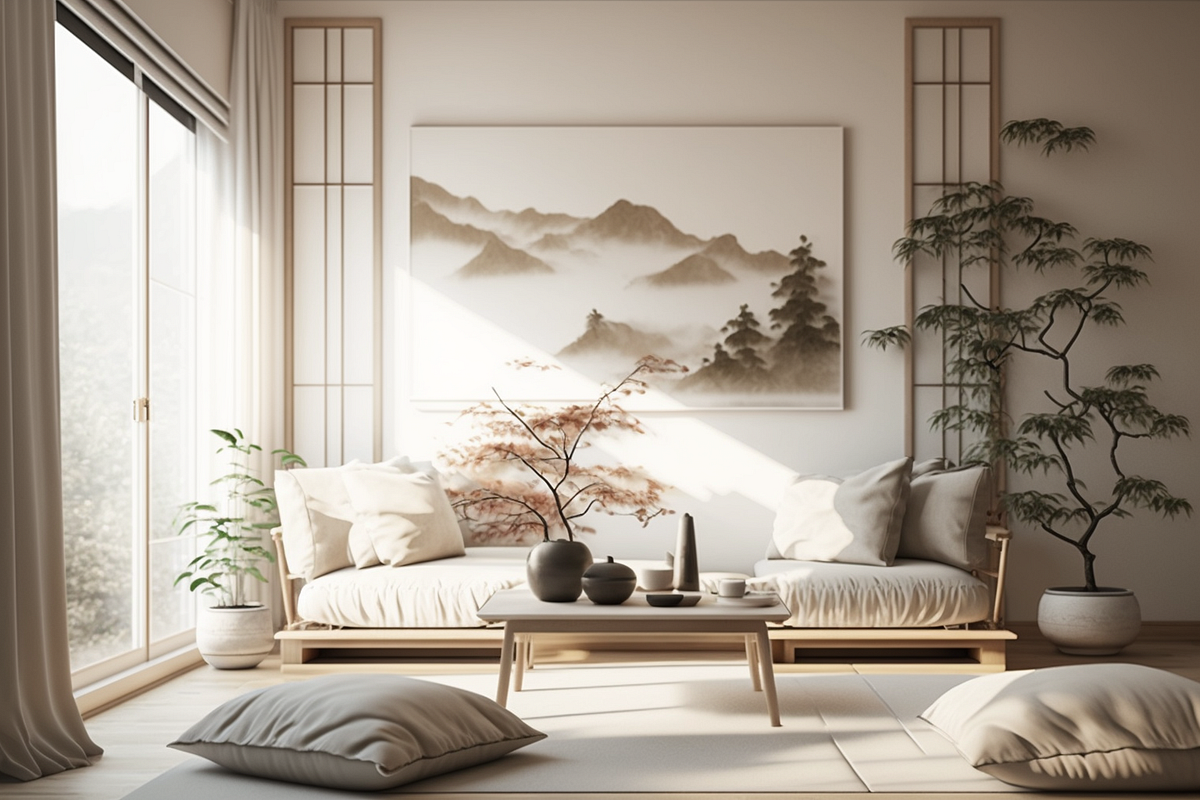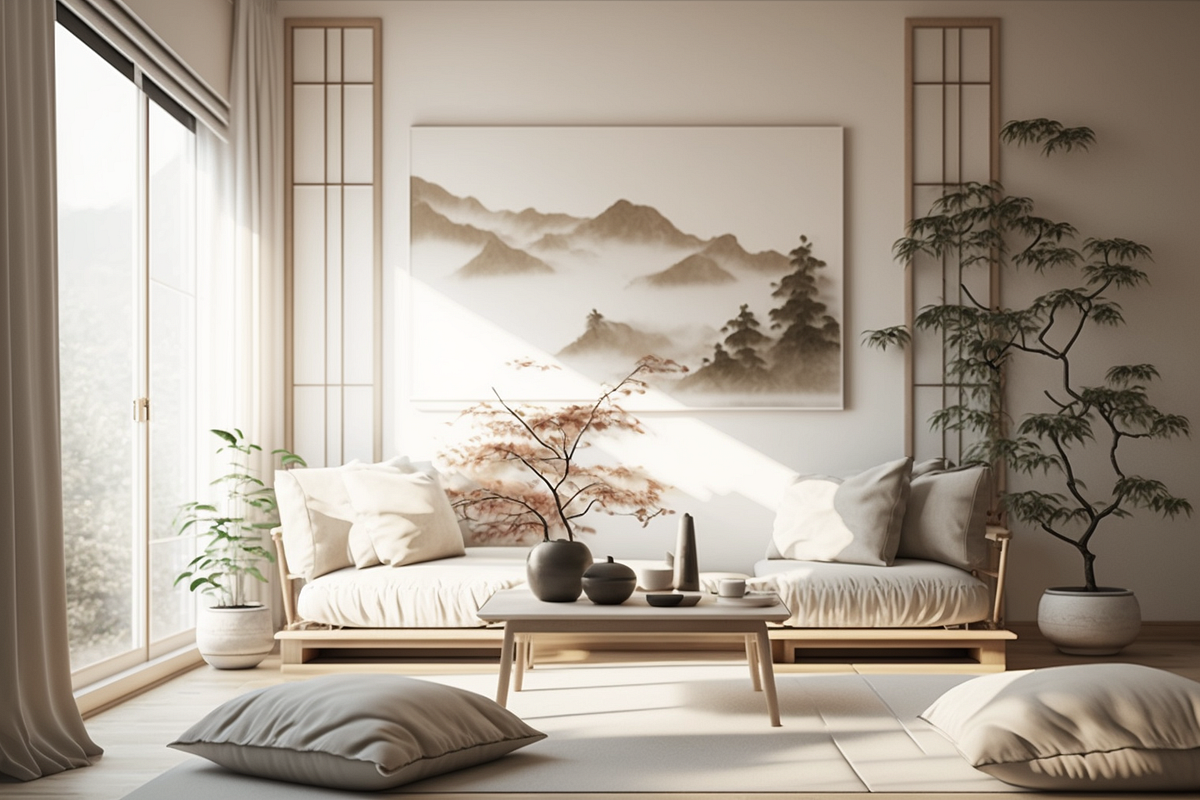A New Frontier in Sustainable Design: An Introduction
For decades, architects have been fervently working toward Net-Zero Energy, which is the lofty ideal of balancing a building’s energy demand with the production of renewable energy. We have made high-performance envelopes, smart systems, and advanced solar integration that work well to deal with the energy used by a building over its lifetime.
But as the world’s energy system becomes less carbon-intensive and buildings grow more energy-efficient, another important measure has come to the fore: Embodied Carbon. This shifts the focus to what happens before a structure is ever occupied. This means the total amount of greenhouse gases that a material releases over its entire life cycle, from extraction and manufacturing to building and disposal.
The fight for true sustainability is happening on this new frontier in the important year of 2025. The answer is not just technological; it is also philosophical, combining the simplicity of minimalism with the moral sourcing of materials. The Japandi Imperative is a mix of Japanese calm and Scandinavian warmth. It is the best design language for a future with little embodied carbon.
The Embodied Carbon Reckoning: Why 2025 is the Year of Change
Why is there such a sudden, strong interest in embodied carbon? For a new building that is built in a normal way, the carbon emissions from its materials and construction (the embodied carbon) can make up as much as 50% of the total carbon footprint over the first few decades. In a world with no carbon emissions and all operating energy coming from green sources, that first carbon investment will be the biggest and most important climate debt.
Architectural trends for 2025 show that we can no longer ignore this burden. New building rules, such as those that focus on life-cycle assessments (LCA), are making designers look at their material selections in a way that has never been done before. The industry is moving “Beyond Net-Zero” to a more complete approach that puts resources that last a long time and have little impact first.
Steel, concrete, and plate glass are all common materials used in minimalist design, however they all have very high embodied carbon footprints. Concrete and steel are important parts of buildings, but producing them consumes a lot of thermal energy, which means they are bad for the environment. This dichotomy is what makes it so hard to combine simplicity and sustainability, but also so important. The new order for 2025 is clear: make the look simpler, but completely change the underlying material.

Japandi Minimalist Architecture/ freepik.com
Minimalism and the “Pleasant Material Palette”
Minimalism is more than just empty space; it’s a way of thinking about what you want. It promotes clean lines, open planning, and a “function first” philosophy, which means that unnecessary decoration is kept to a minimum. This naturally leads to a “minimalist material palette,” in which designers choose a few materials and let their natural texture and quality do the talking.
Experts are dubbing the new style “pleasant minimalism,” which is warmer and more welcoming than the frigid, harsh minimalism of the past. This change means that materials need to be not simply simple and clean, but also touchable, natural, and comforting. This change fits perfectly with the low-embodied carbon mandate since it prefers materials like salvaged wood, natural stone, and clay plaster over highly processed, industrial finishes.
By using fewer materials in a design, architects make things less complicated, cut down on waste, and, most importantly, cut down on the many supply lines that add to carbon emissions. Durability and local sourcing are what make the new minimalist palette stand out. A single, honest material is worth more than a dozen ornamental ones. This simplicity isn’t just for looks; it’s also a smart, long-term plan.

mindful living through Japandi/ artitude.ca
The Japandi Imperative: Where Looks and Morals Meet
The rising popularity of Japandi is not just a fad; it is the best way to communicate the Low-Embodied Carbon requirement in architecture. Japandi combines two design styles that both value natural materials and skilled work:
- Japanese Minimalism and Wabi-Sabi: The idea that you can find beauty in things that aren’t flawless and don’t last. This encourages the use of unprocessed, real materials like natural wood, bamboo, and paper that have been allowed to age naturally. It promotes lasting, high-quality objects over cheap, mass-produced ones, which cuts down on the energy needed to replace them again and over again.
- Scandinavian Design and Hygge: Scandinavian design and hygge are based on the idea of comfort, happiness, and usefulness. This makes sure that the minimalist areas never feel chilly or sterile, even though they are plain. It adds warmth with soft textures, natural light, and an earthy, muted color palette (beiges, warm grays, and olive greens) that comes straight from nature.
The Japandi material palette naturally picks low-carbon options:
- People really like recovered wood and bamboo because they have a natural feel. Bamboo is generally quickly renewable, while reclaimed wood stores carbon.
- Linen and organic textiles are better for indoor air quality and use less energy in the manufacturing process than synthetic, petroleum-based fabrics.
- Natural stone and raw ceramics are valued for their durability because they don’t need high-maintenance coatings that use a lot of energy.
Japandi is the most ethical and future-proof minimalist style for 2025 because it fights the “throwaway” society by putting quality and durability first.
Minimalist and Natural// Source: medium.com
Materials and methods for building a low-carbon blueprint
When architects and clients want to do a Japandi project with minimal embodied carbon, they need to stop thinking about how it looks and start thinking about how it affects the environment. This means changing important materials and methods:
- Biogenic Materials: Focus on plant-based materials that can be quickly renewed and store carbon. The Japandi style is based on using structural timber (CLT or glulam), bamboo, and cork for floors and insulation. These materials are better for the environment than concrete.
- Low-Impact Finishes: Instead of high-VOC (Volatile Organic Compound) paints and synthetic wall coverings, choose breathable, mineral-based finishes like clay plaster or lime plaster. These materials don’t need much heat to be made.
- Adaptive Reuse: The building that is never built has the least amount of carbon. Japandi is a great style for renovating and repurposing historic buildings since it focuses on respecting the building as it is and using simple, honest materials.
- Life Cycle Assessment (LCA): Use LCA tools as soon as you start designing. This system gives each material a carbon score that can be measured, turning the choice of style into a measurable effect on the environment. It makes sure that the minimalist material palette is not simply a trend, but a scientific method.
Japandi room with natural light/ freepik.com
Conclusion: Designing for the Planet and Permanence
The change in architecture in 2025 shows that the environmental movement has grown up. The focus on Low-Embodied Carbon, which goes beyond net-zero, means that we need to design buildings that will last for the life of the planet, not just the people who live in them.
The Japandi Imperative is a beautiful, useful, and very interesting answer. It turns the abstract problem of carbon accounting into a real design philosophy that focuses on people. We make rooms that are not only peaceful and comfortable, but also very responsible by using natural, simple, and long-lasting materials. In 2025, the most luxurious thing is not having too much, but having things that last, are simple, and make you feel good about yourself.
For more blogs like this CLICK HERE!!
Reference:







